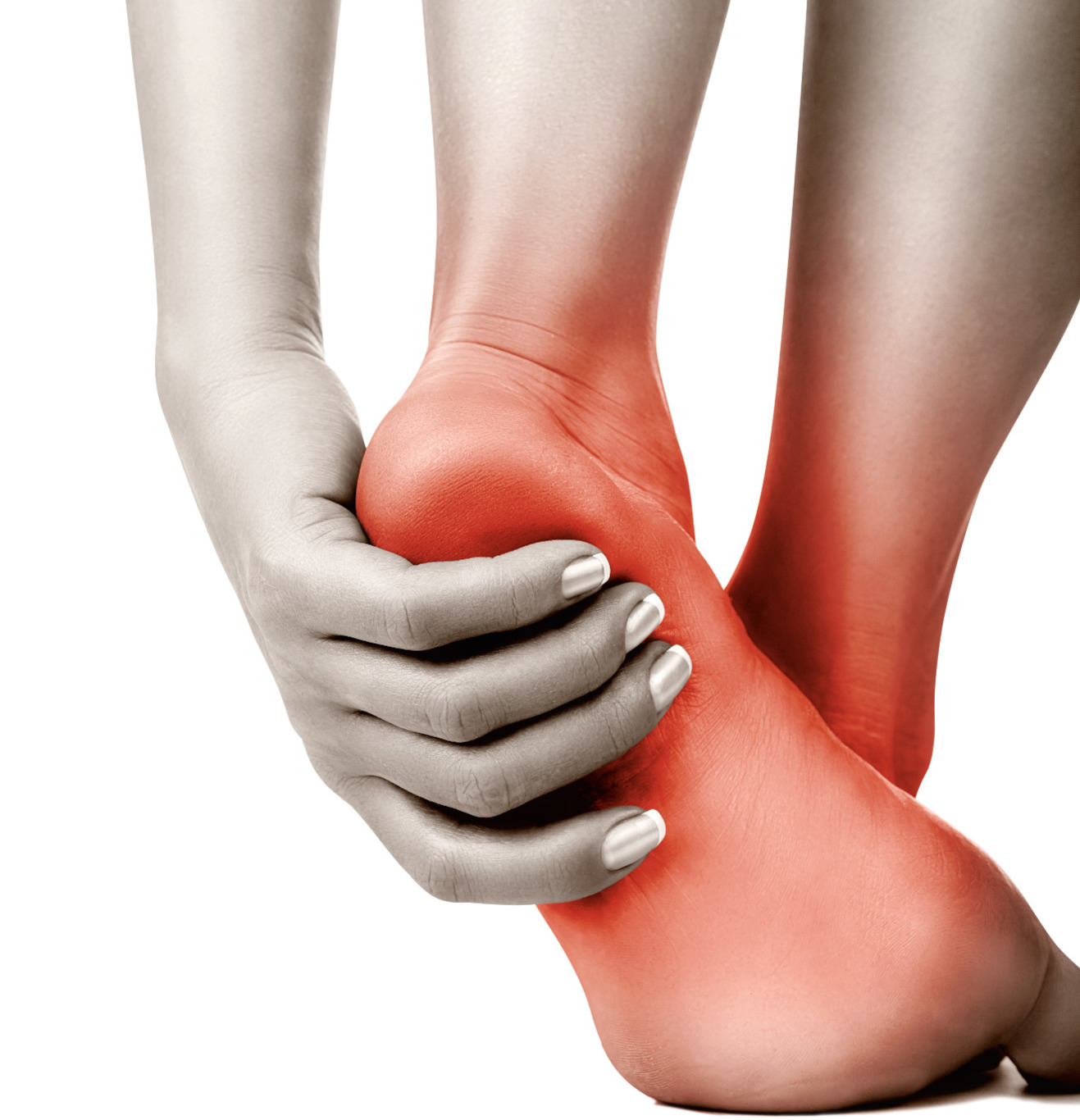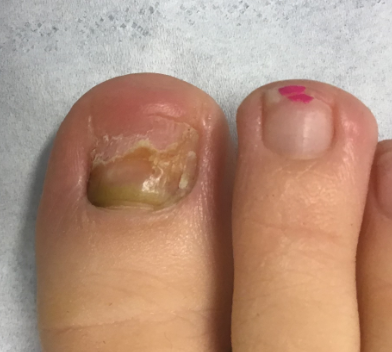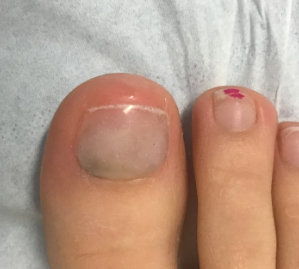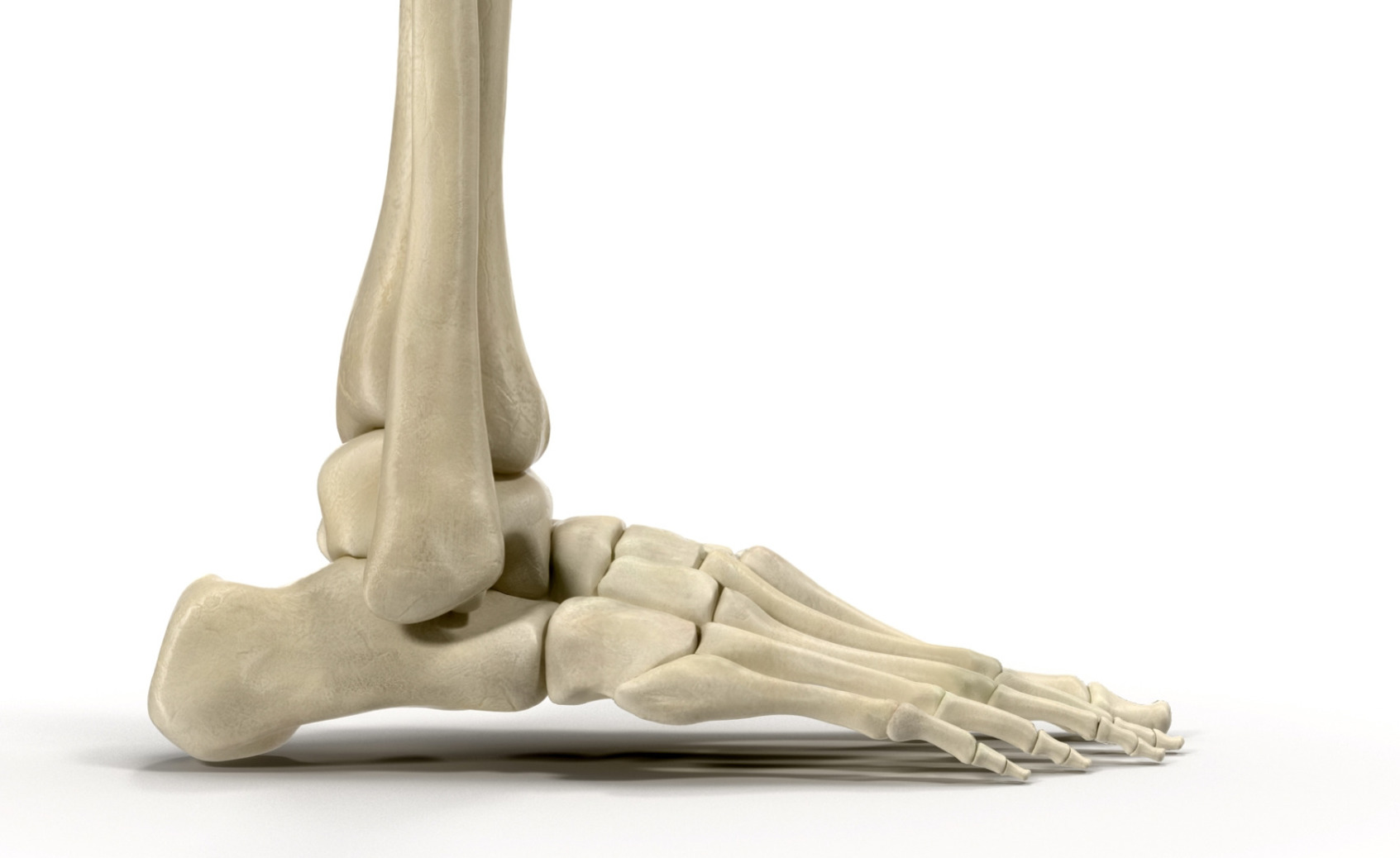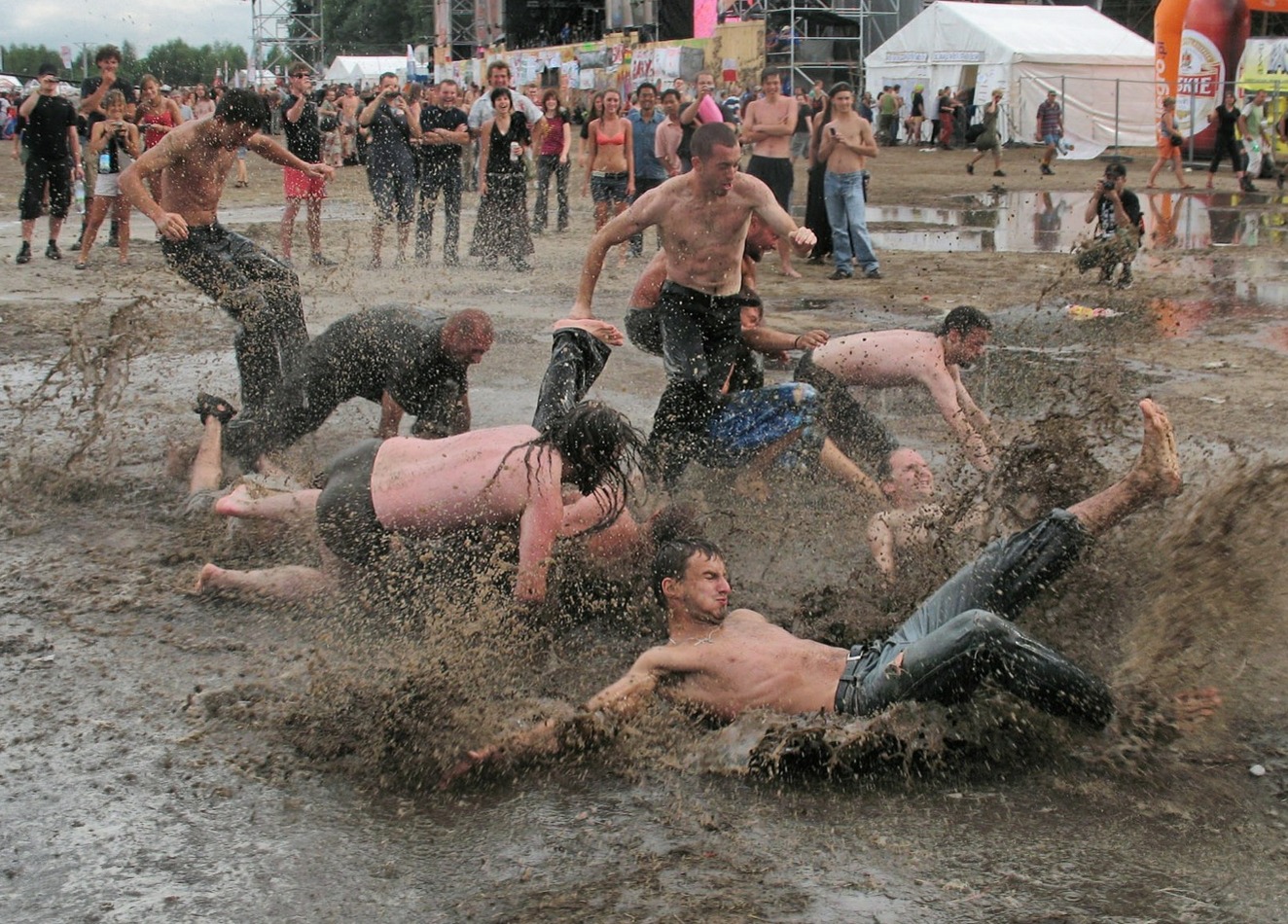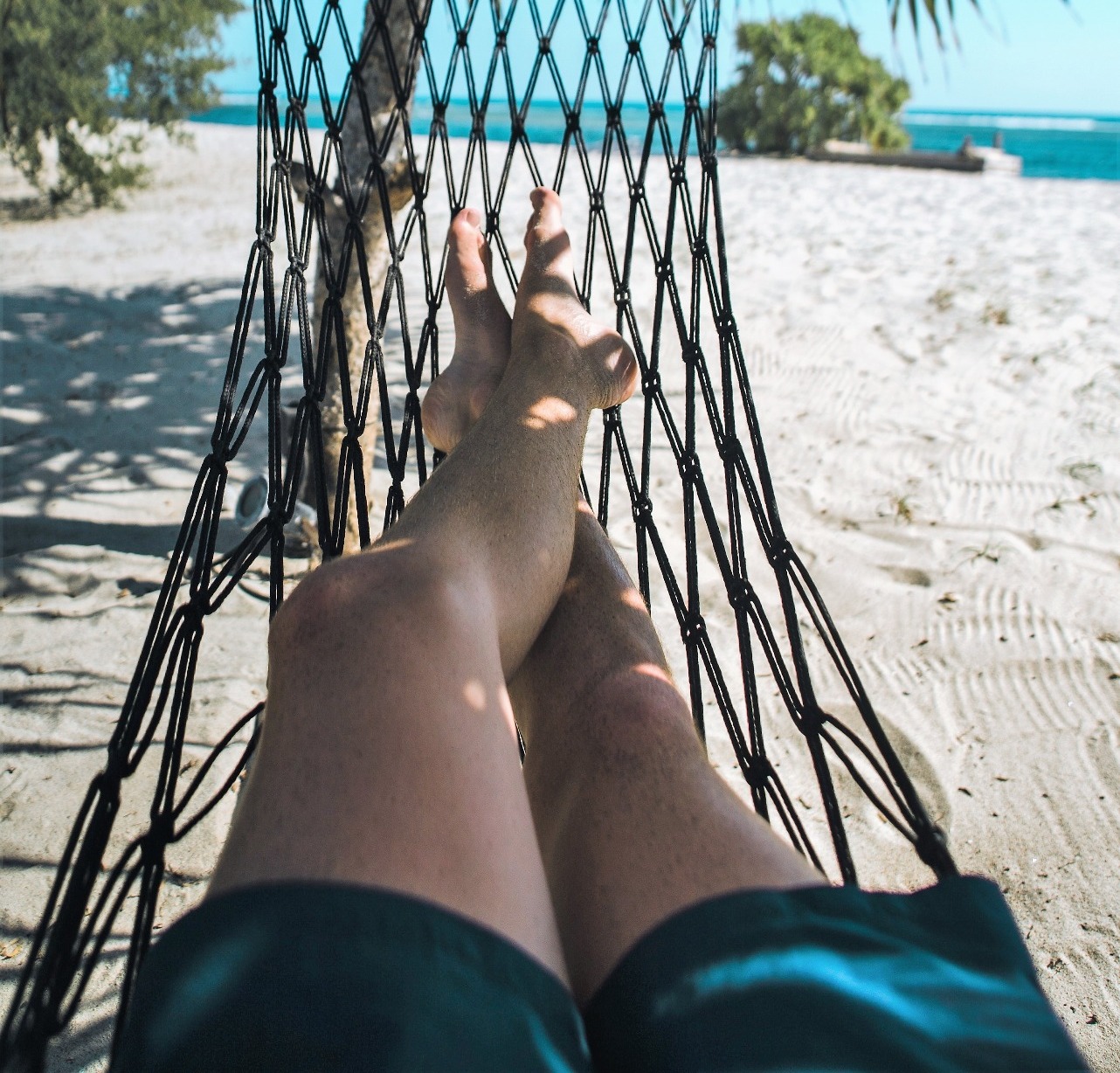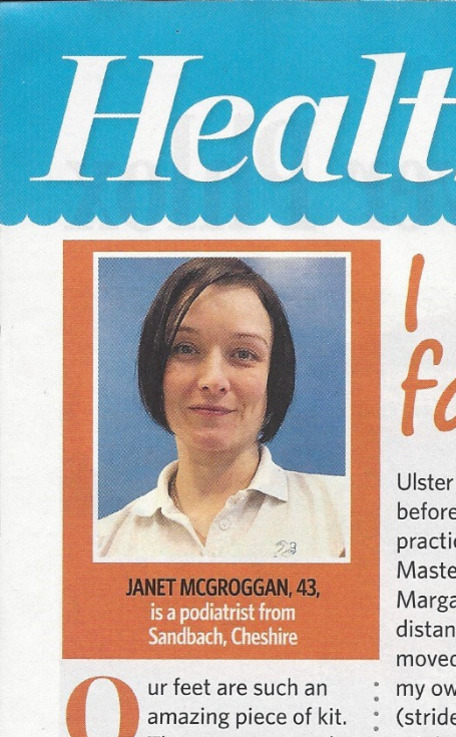What is Plantar Fasciitis?
Posted on 6th February 2019 at 16:03
The Plantar Fascia [fa-she-a] is a band of fibrous connective tissue in your foot. It is not a ligament, tendon or muscle.
The plantar fascia originates in the calcaneus (heel bone) on the plantar surface (sole) of your foot. It stretches forwards and separates into five slips each one attaching into the plantar surface of each of the five metatarsal heads which make up the ball of your foot.
Adding ‘-itis’ to any anatomical word means ‘inflammation’ E.g. Tendonitis – Inflammation of a tendon. Therefore, plantar fasciitis [fa-she-i-tis] means an inflamed plantar fascia.
The plantar fascia has the unenviable task of supporting our body through our feet. It holds the fore foot to the rearfoot and without it our feet could completely collapse.
